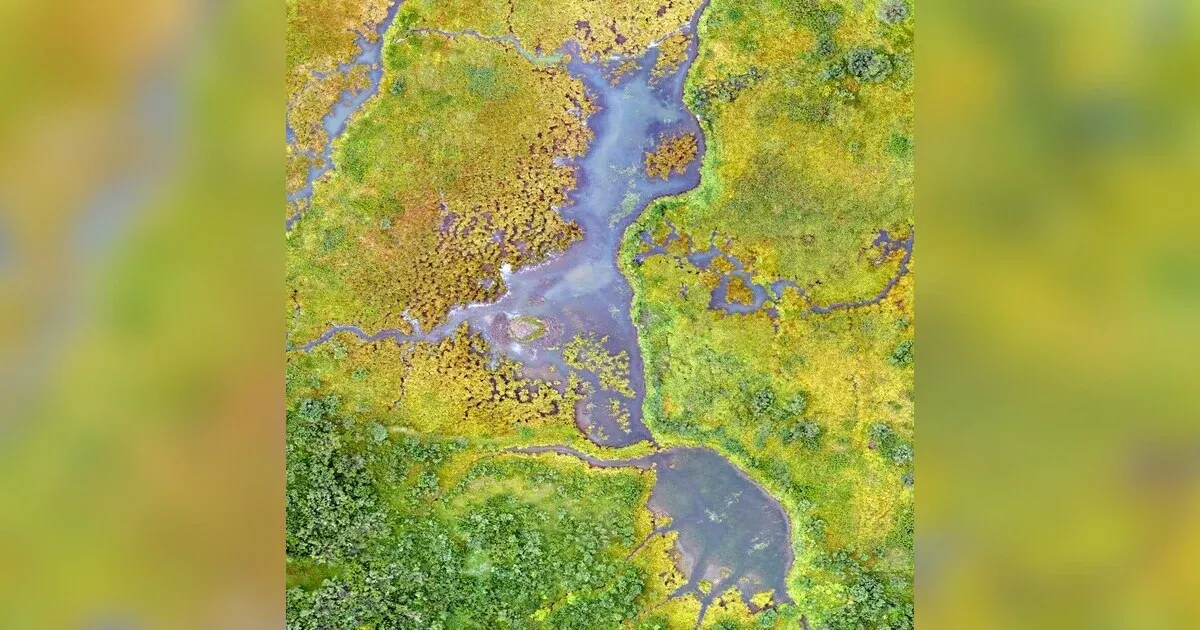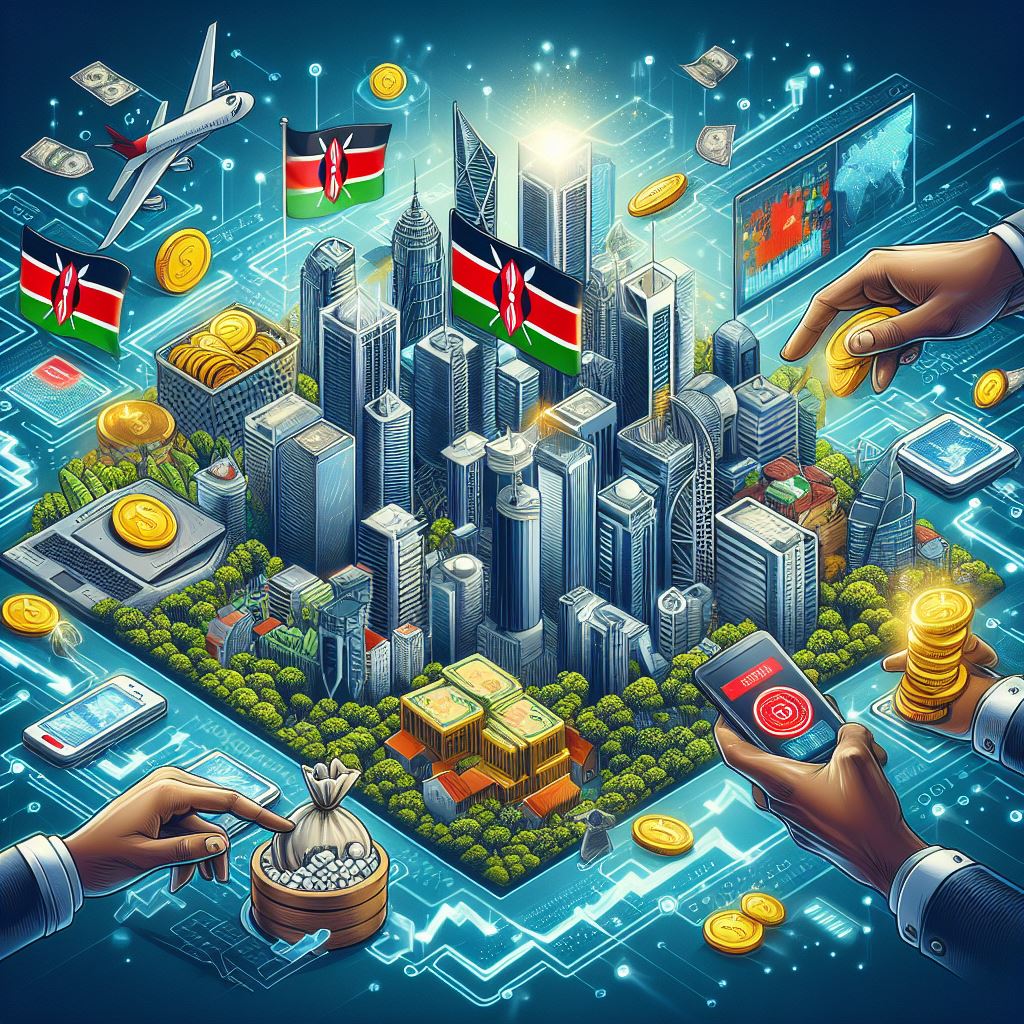This expanded outline delves deeply into the role of climate education in empowering the next generation to advocate for and create a sustainable future. Each point is elaborated with sophistication, offering a compelling mix of inspiration, critical analysis, and forward-thinking solutions
1. Introduction: The Urgency of Climate Education
A Global Crisis Demanding Immediate Attention: Global warming is now longer a forecast of the future but a reality which has engulfed all parts of the globe. From experiencing high temperatures to suffering from increased cases of natural disasters, climatic change has affected all generations hence the need for climate education. It is not only moral but imperative that the current younger generation is armed with knowledge, tools, and awareness concerning the environment. Climate education is the most important step in making the younger generation ready to tackle the problems with the environment that is becoming more fragile each day.
The Role of Education in Shaping Tomorrow's Leaders: People of the future generations will suffer the most since they will be the ones to suffer the brunt of social environmental decisions. Thus, by continuing the climate education, they grow into informed decision-makers, who are ready to become caretakers of our planet. In other words, by developing an intensive perception of environmental science as well as sustainability practices and political situations in educational facilities, educators can raise leaders capable to create positive changes in the future. It is not only a classroom education but encourages youth to become active members of the society and fight for policies that can save the environment from the bad impacts of climate change.
2. Climate Literacy: Building a Foundation for Awareness
Understanding the Science Behind Climate Change: Climate literacy does not only entail getting acquainted with the realities surrounding climate change, but also with the laws that govern global warming, carbon emissions among other factors. Therefore, if the schools and educators make sure that students have the basic comprehension of these areas, it will go a long way in simplifying issues regarding climate change. With this knowledge, the students are able to understand how human endeavour like deforestation, industrial emissions and overindulgence contributes to environmental problems. On this basis, youths are placed in a position to be able to make relevant decisions, and assess the effects of their actions on the environment.
Fostering Critical Thinking in the Face of Environmental Misinformation: In the present-day world characterized by fake news on climate change, teaching critical thinking form the basis. Climate literacy education should therefore impart skills to the students on how to distinguish between factual information and a trend that has been given spin. This way young people realize they should not blindly believe what they are presented with and what the government says or even what companies tell them about being environmentally friendly. It also helps to have confidence in endorsing or rejecting the climate science while enhancing their capacity to effectively argue about environmental policies.
3. The Importance of Advocacy and Activism in Climate Education
Transforming Knowledge into Action: Where as education builds understanding, advocacy brings it into practice and the difference counts. Climate education should not just involve make-believe lectures; it has to get students to become agents of change and demanding sustainable developments. In schools, children can be trained in advocacy knowledge and skills that include speaking in front of the public, lobbying and community organization. This makes students realise their potential in voicing out their concerns and making change in opinion, policy and corporate arenas. In this way, young people turn into actors, who can push the community onto sustainable development as well as foster environmental discourses and change.
The Role of Youth-Led Movements in Global Climate Advocacy: Some of the young persons who have been very influential in movements such as Fridays for Future volunteering by Greta Thunberg. These movements are evidence enough that the younger generation is smart enough to grasp the complicated issues within the environment, and has the ability to rally millions in a desperate call for change. Such a participation fosters the understanding of grass-root activism and the value of bearing with fellow students. Not only do these experiences afford them the voice to speak their concerns but they also place them with like-minded institutional leaders from around th, e world, thereby enhancing a worldwide alliance for change.
4. Integrating Climate Education into Core Curricula
Embedding Sustainability Across Disciplines: Climate literacy cannot be limited to passing knowledge in science classes; instead, it has to be included in as many classes as possible so that the impact can be well understood. Therefore, topics related to academic disciplines such as economy, political science, history, arts, etc., and can provide certain angles toward the understanding of environmental question. For example economics can study the effects of shift to green energy while history can study past movements towards environmentalism. This is due to the fact that this field of study focuses on breaking down the climate change problem into multiple dimensions that are interrelated socially, economically and politically hence making the students look for broader and more holistic solutions.
Practical Approaches to Climate Education in Schools: There is therefore the need to turn climate education into more than just an academic exercise that schools have to undertake. The success of sustainability projects including school gardening, recycling or energy reviews objectives enables the students to have the real life impact of their efforts on the environment. Furthermore, exploring different nature reserves, renewable power plants, or even participation in the citizen’s science projects may encourage people care about the environment and learn about proper attitudes toward it firsthand. These must-experience classes can instill passion and commitment to the students and prompt them to assume accountability for the planet’s well-being.
5. The Intersection of Technology and Climate Education
Harnessing Digital Tools to Enhance Climate Learning: Harnessing the use of technology, the approaches used to teach climate can be made more effective while at the same time increasing breadth of coverage. Through the use of the digital platforms, they can present to the students computerized models on the effects of climate change on living organisms, climate and people. In case of virtual learning, students can be taken through endangered habitats or given a real life view of the impacts of global warming and the increase in sea levels. With the help of the Internet and the possibilities that it offers such as courses, webinars, and e-learning climate education can be delivered to remote students as well. If adopted in curriculum, these technological frontiers offer a myriad of opportunities in developing curriculum that will be appealing, relevant and appealing the young generation.
Using Social Media for Climate Advocacy: Climate activism has massively embraced the social networking sites for publicizing its activities and goals. It’s necessary that educators educate students in the usage of social media such as Twitter, Instagram, and Tik Tok for purposes of environmentalism. One can find out how to be a content producer and bring attention to the climate crisis, find resources for others, as well as connect with like-minded individuals to support the cause. In addition to fertile idea of guidelines on the strategic use of social media, climate education becomes a sphere of development of young people’s discourse and their coming to the global discussion of environmental issues.
6. Empowering Future Green Innovators and Entrepreneurs
Encouraging Innovation for a Sustainable Future: Environment programmes help provide the necessary basis for encouraging young people to become global leaders in sustainable development and environmental awareness. While young people develop insights about the problems of the external environment in the contemporary world, they should be motivated towards innovative thinking about potential solutions. Educational programs that include STEM courses as science, technology, engineering as well as mathematics goes along with environmental studies can motivate students to come up with technologies that can lower carbon footprint, invent a new means of energy, or possibly great way of recycling and conserving. The development of an innovation attitude helps the students to consider climate change not only as an issue, but as an opportunity to create new and more environmentally friendly solutions.
Fostering Entrepreneurship in Green Technologies: Apart from innovation, climate education could enable learner to become the green economy entrepreneurs. Schools may include programs that are directed towards sustainability based business plans that may enable students to start green entrepreneurship, seek for funds to support for green initiatives or promote the green business agenda. Entrepreneurs are able to apply their ideas, and utilize their talents for forming companies that would not only be effective in the market, but also beneficial for the environment in the future. This approach ushers in the younger generation as seasons of change and effectors of transformation in the economic and environmental realm as they seek and make a sustainable future.
7. Global Collaboration: The Role of International Partnerships
Learning from Global Climate Initiatives: Climate change is a global problem which should be solved with the cooperation of all the countries of the world. Schools can broaden its own and the student’s perspectives by introducing the students to successful policies and initiatives from other countries. For instance, for students interested in the issue of renewable sources of energy, they can use the example of the Scandinavian countries; for students interested in reforestation programs resembling those of Costa Rica, such examples can be used as well. Foreign students’ exchange, or cooperation with environmental nongovernmental organizations, may also help the students realize that climate change is an issue global and should be solved globally, too.
Creating Cross-Cultural Networks for Environmental Advocacy: It helps the students to develop the feeling of global citizens and global responsibility for the planet through offering them an opportunity to work with their peers from other countries. Social media networks and the international youth congresses can be a platform where students of different cultures and origins can exchange their ideas, practices and advances. These interactions do not only broaden the knowledge base of student’s concerning climate change but also foster togetherness in pulling a cure for future adversity. Education and nurturing the spirit that stretches beyond geographical location makes the learner understand that the whole world is working toward implementing great changes on the environment.
8. The Future of Climate Education: Adapting to a Changing World
Evolving Curriculum to Reflect Emerging Climate Challenges: As the issues of climate change develop, so should the way climate education emerges and develops as well. Curriculum of the future has to reflect new forms of environmental problems which people will face, including climate-induced migration, extinction of species, and negative effects of climate change on the most vulnerable populations. This means that schools should update their teaching materials at least a year as seen from the following headlines regarding scientific research and the environment. This makes sure that the students are trained to meet challenges prevailing in the society through being armed with recent knowledge and skills. If curriculum is to be dynamically aligned to these climate developments then this will equip future generations to effectively and early enough respond to sudden occurrences in the climate.
Building Resilience and Hope Through Education: Of course, it is far from being inspiring to learn about the climate change, and it is crucial for education to leave the students with hope and confidence as well. It is also necessary to shift the focus of climate education narratives beyond the scope of the problem but focus on possible solutions and the role of communities. Reports of environmental restoration, renewable energy advancements, and successful efforts by communities for sustainability can open the minds of the educators about the possibilities of a sustainable future among students. Educating the young people and at the same time preparing them emotionally to face the prospects which lie ahead acts as a way of making sure that they do not lose hope in doing what is right.


























